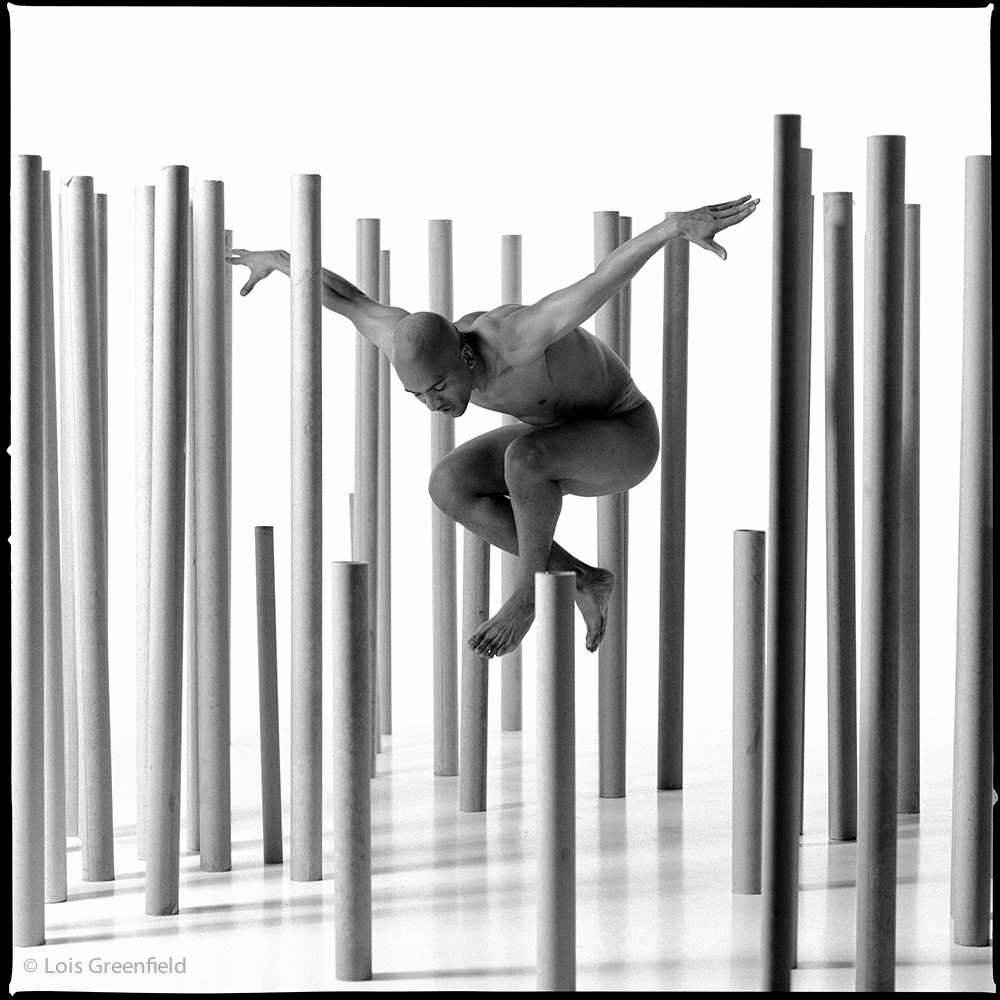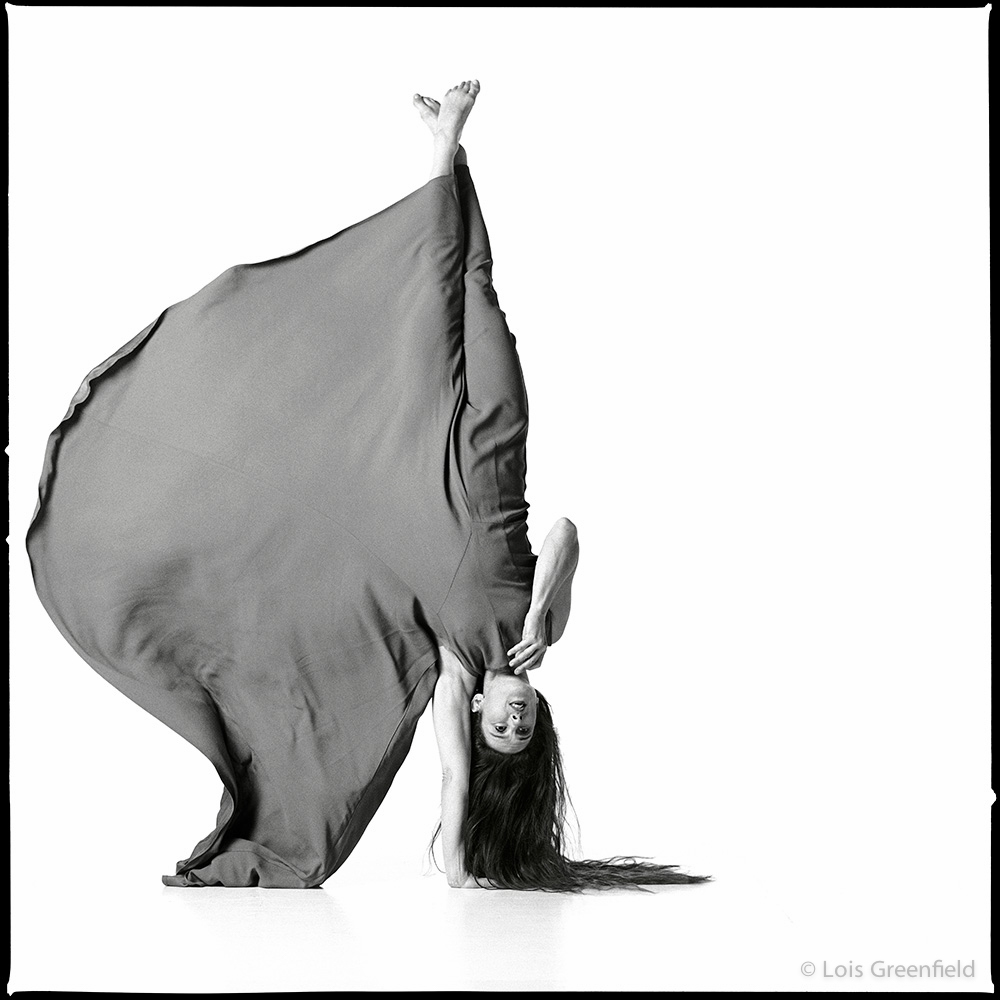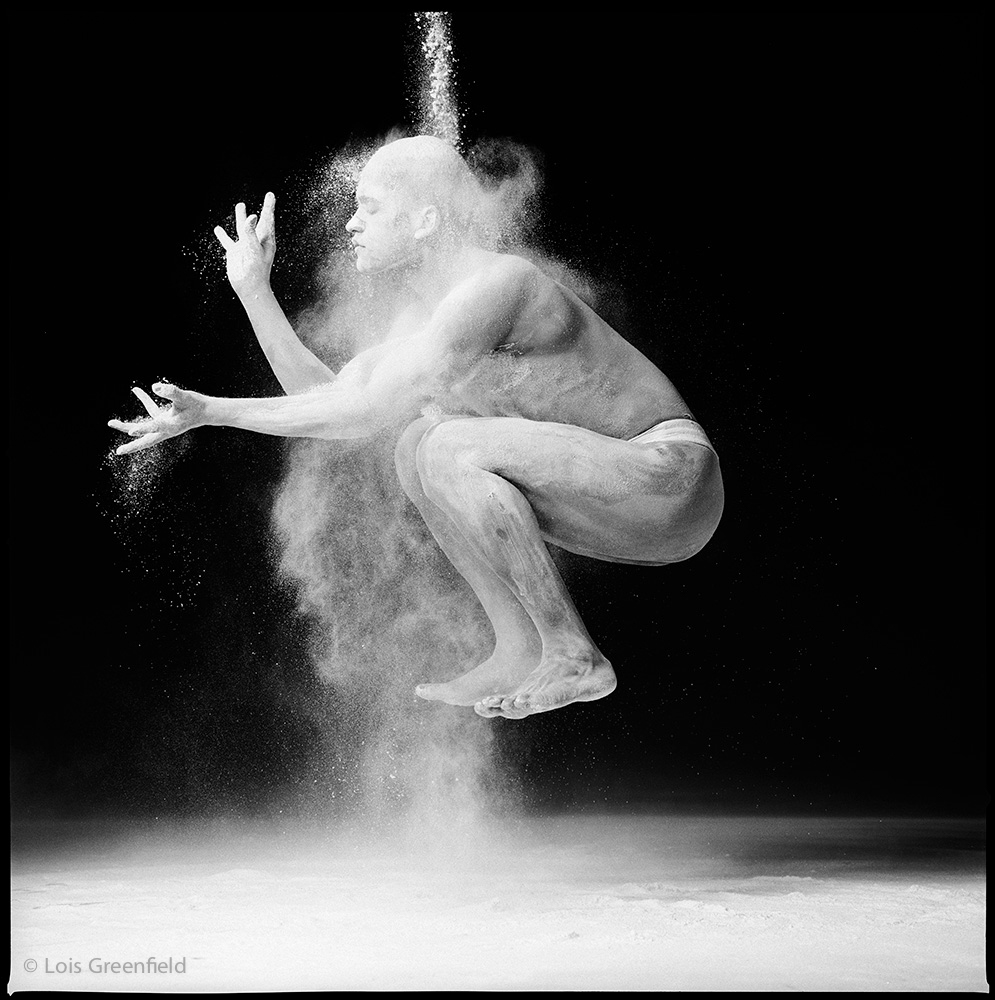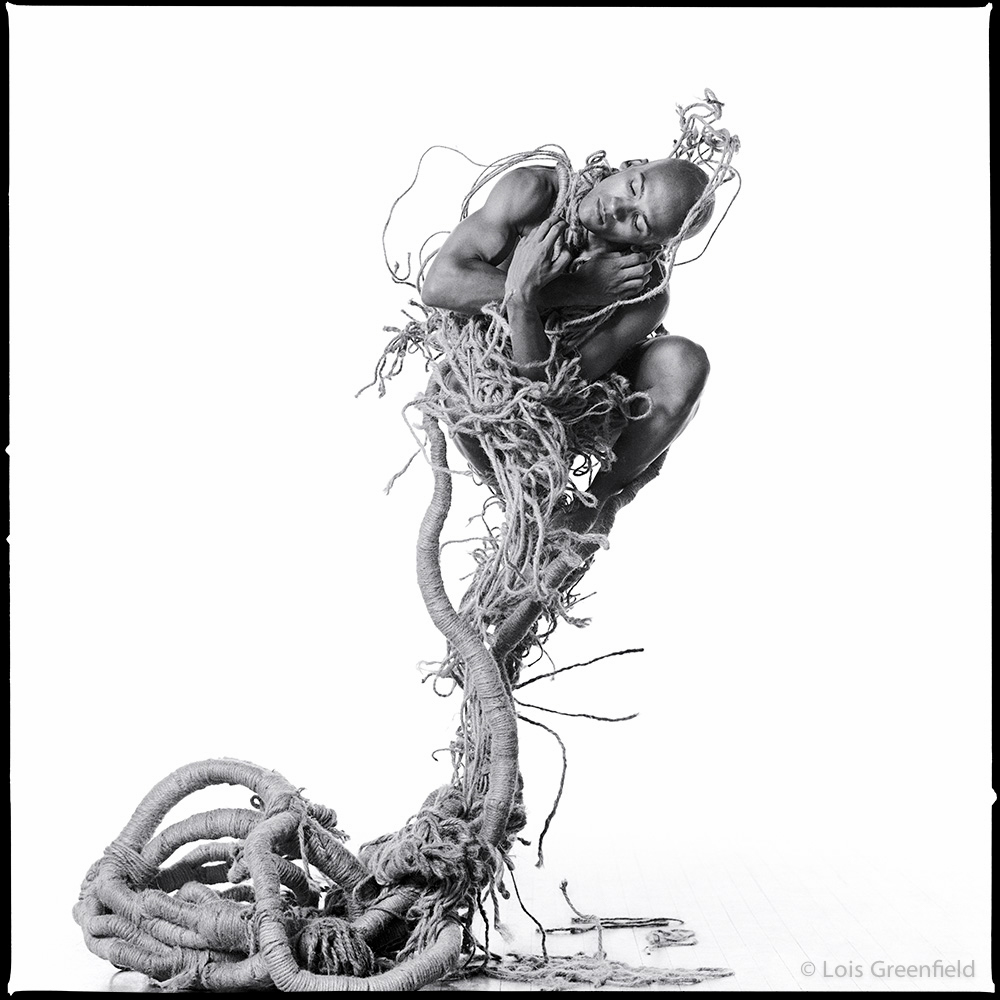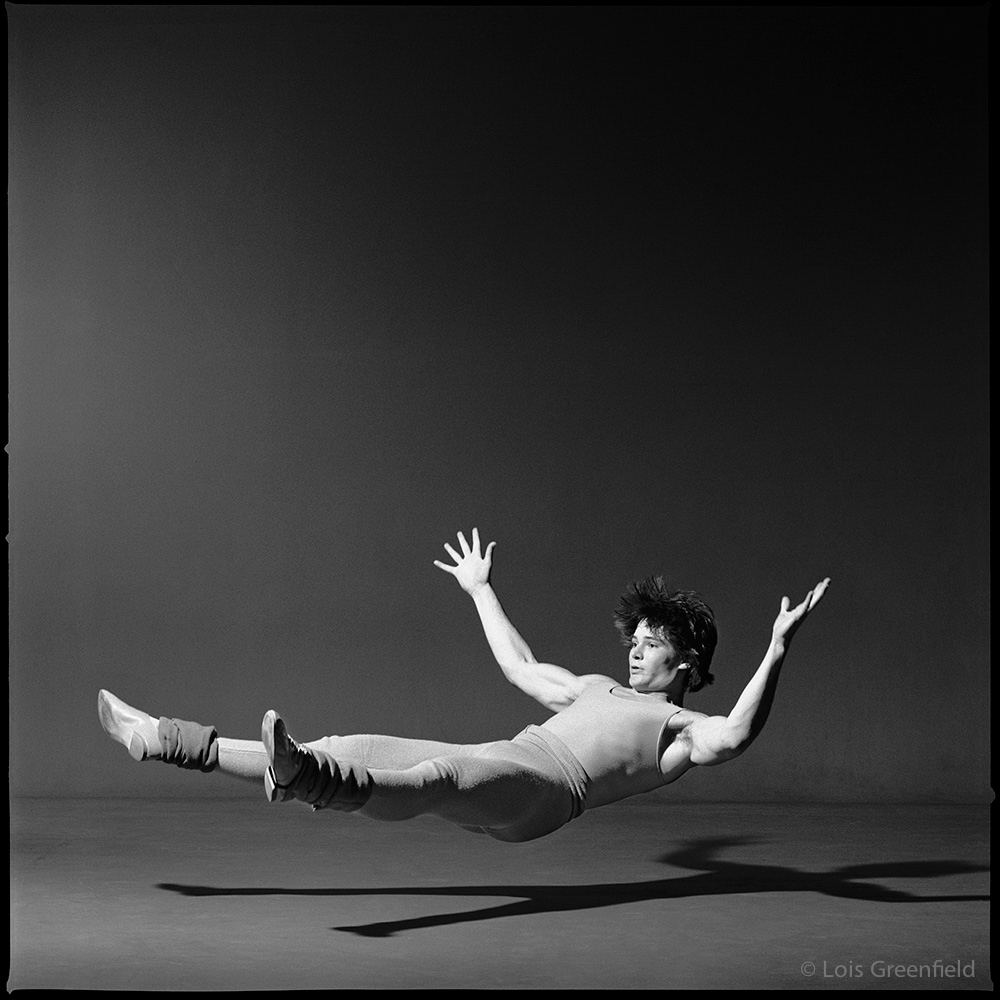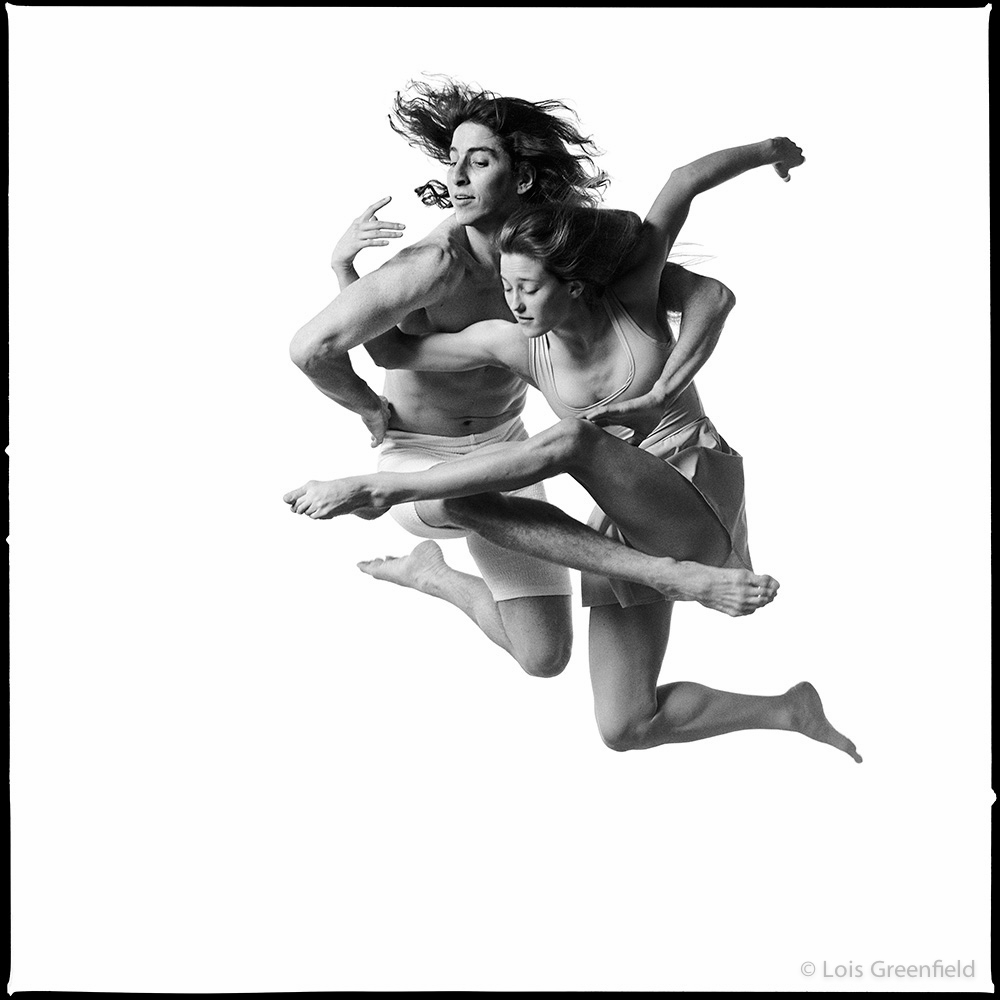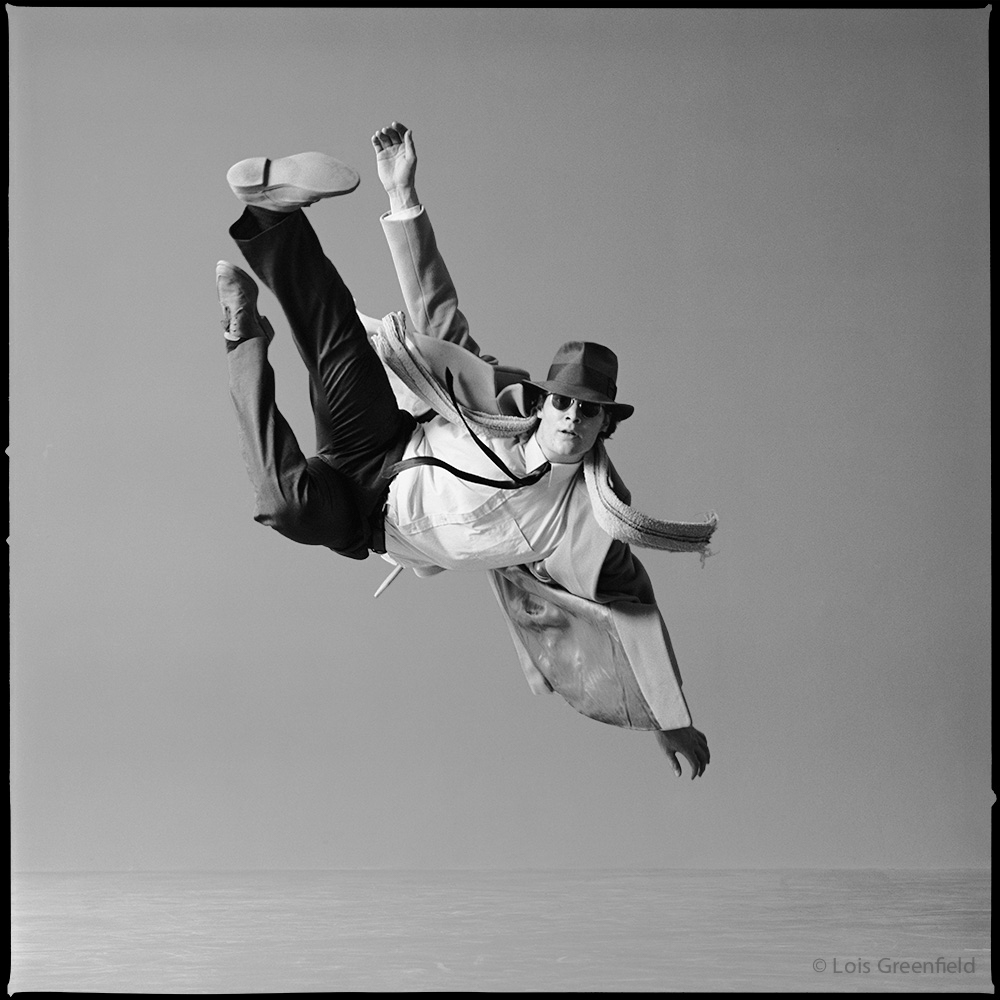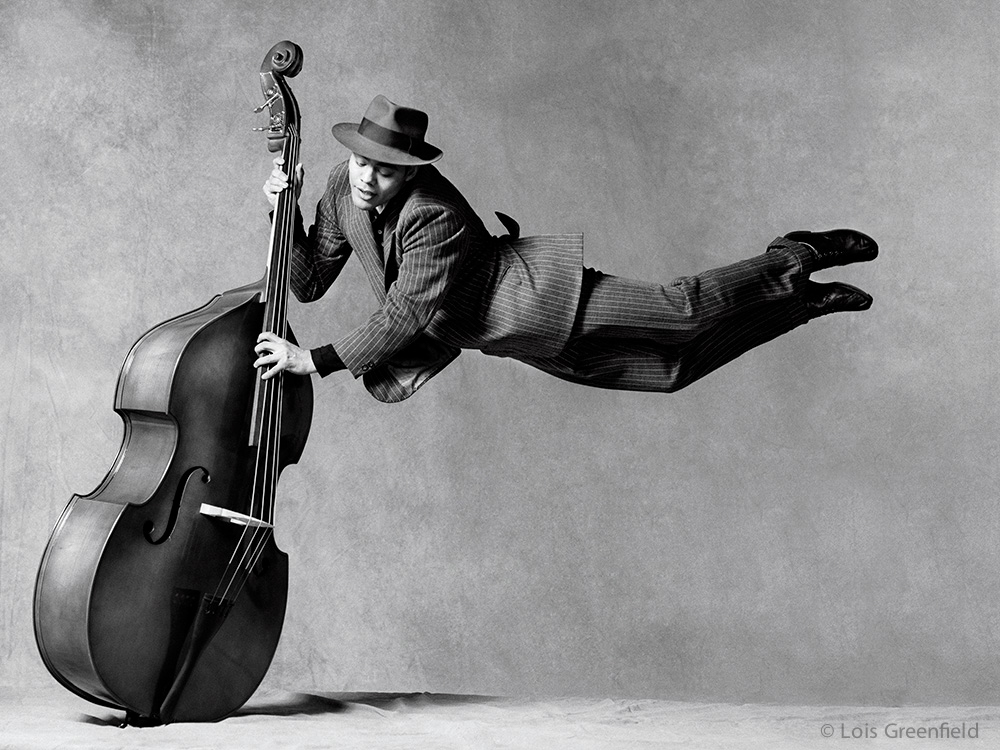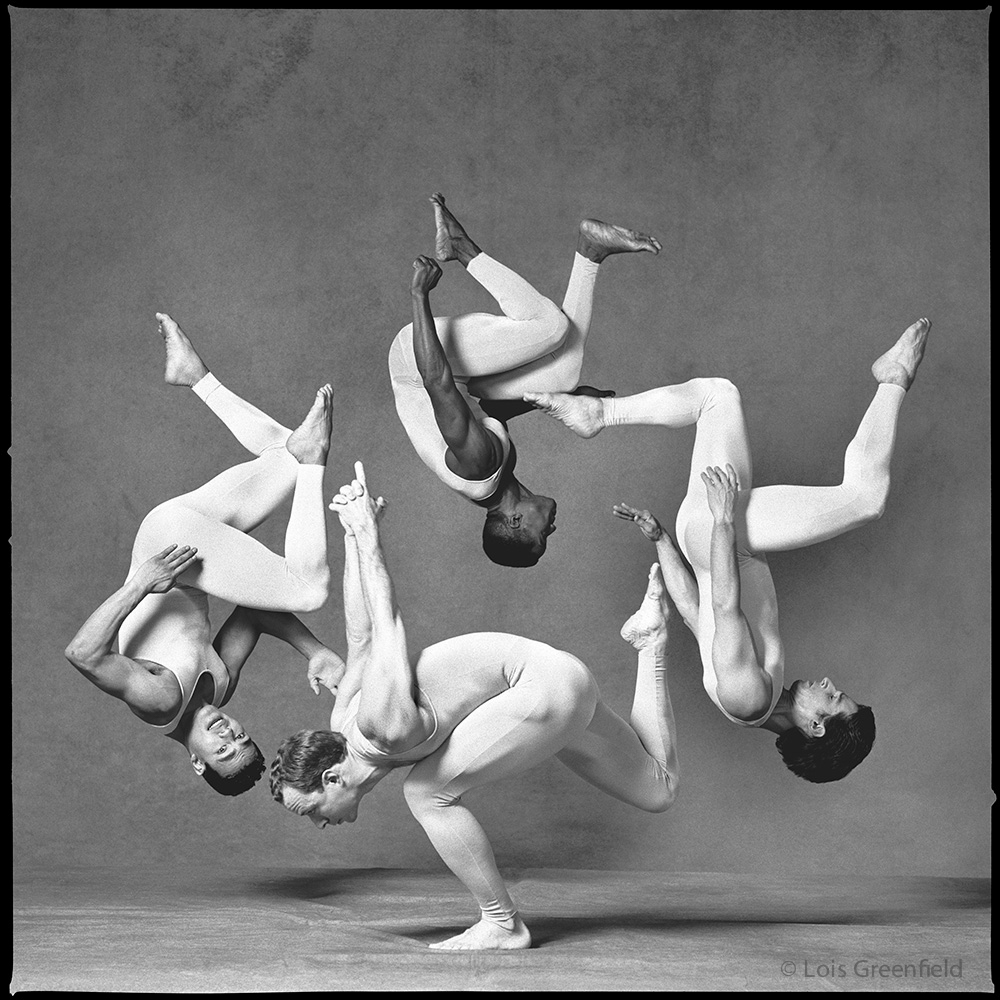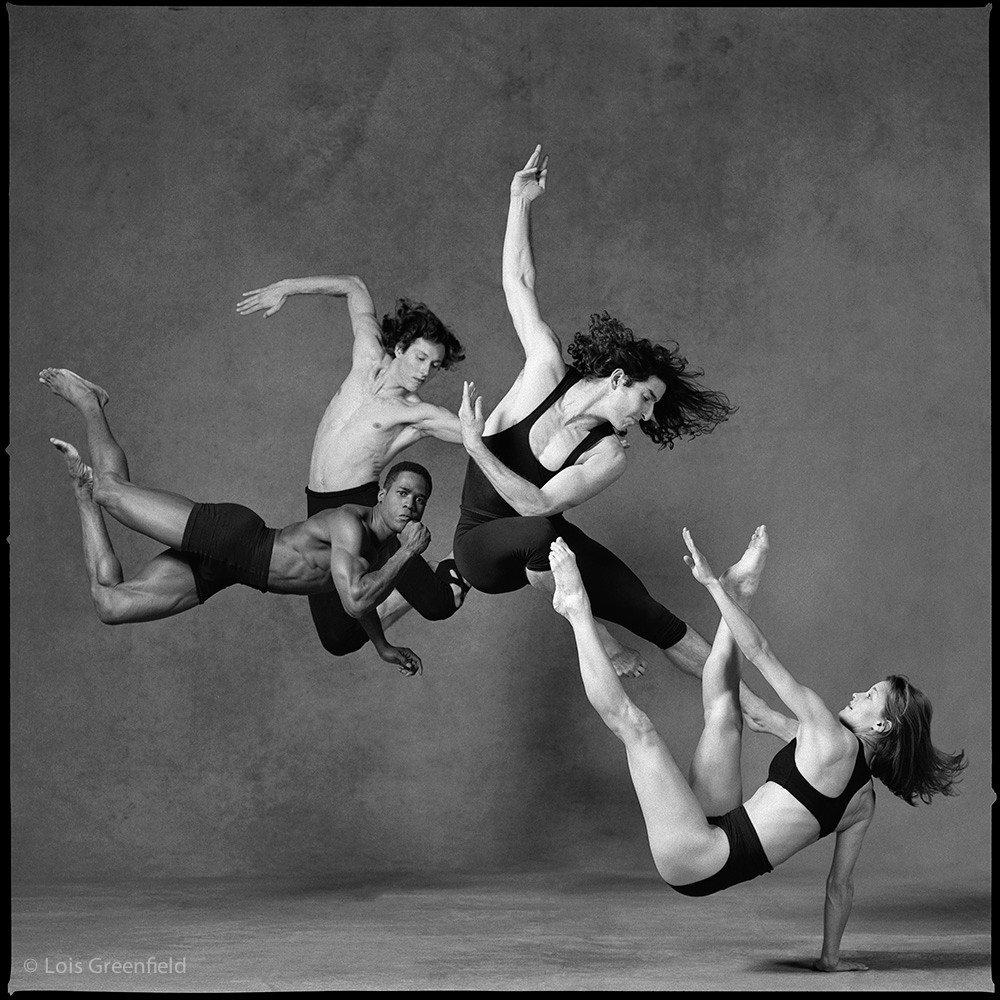Last Updated on 08/21/2015 by Chris Gampat
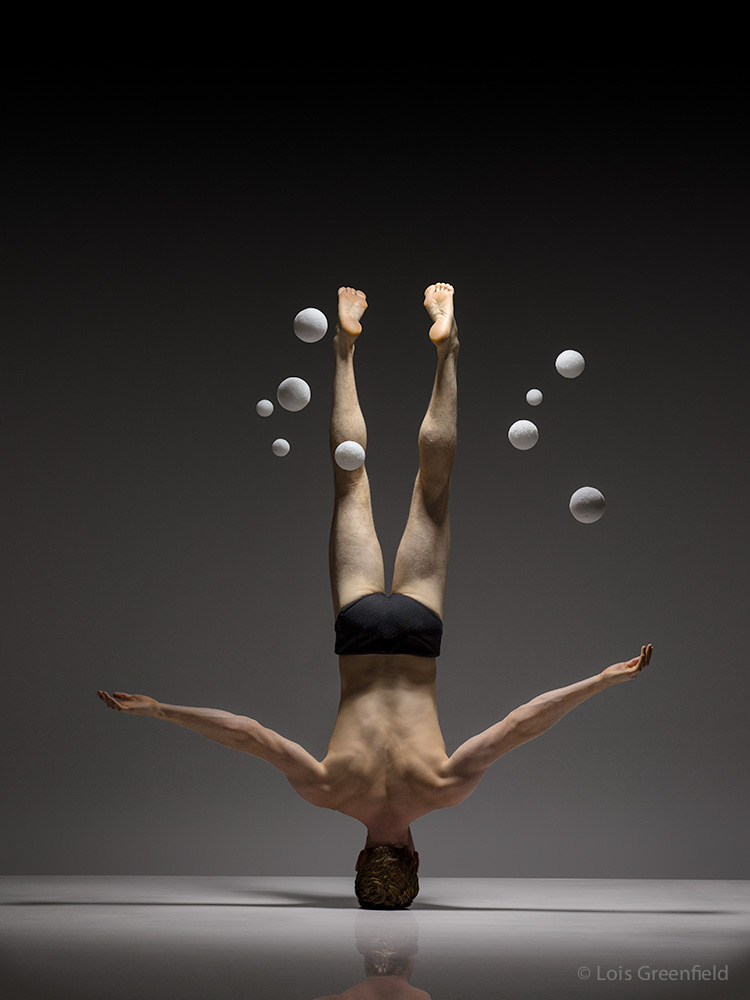
All images by Lois Greenfield. Used with permission.
Photographer Lois Greenfield has been photographing and collaborating with dancers for many years. And as a culmination of her body of work, she’s releasing a new book this November called Moving Still. The Foundation for the Exhibition of Photography (FEP) is organizing a traveling exhibition of the images in the book.
Years ago, she got out of photojournalism after becoming captivated with the creation process involving photographing dancers. It started out with a concern that she didn’t want to photograph someone else’s art, and so her and the dancers would work on interesting movements in a studio back in the 1980’s. Back then, she wouldn’t see the images until they were developed.
What’s even cooler and more incredible about the work that Lois does is that her images are never digitally manipulated. Many of these images can be seen in major magazines, as well as exhibited in museums and galleries around the world. Lois has created imagery for brand names such as Sony, Rolex, Hanes, Orangina, AT&T, Seagram’s, Pepsi and Disney.
She has had solo exhibitions at the International Center of Photography, New York; Erarta Contemporary Art Museum in St Petersburg, Russia; the San Diego Museum of Photographic Art; the Southeast Museum of Photography, Florida; and the Musée de l’Elysée, Lausanne, among others.
Based in New York, Greenfield gives workshops and lectures widely about her work, and is currently an Artist in Residence at New York University’s Tisch School of the Arts. In 2015, she received the Dance in Focus award, presented by the Dance Films Association and the Film Society of Lincoln Center, in honor of her groundbreaking contributions to dance photography.
Her next dance photography workshop will be held the weekend of November 7th and 8th in her studio in NYC; and we got the chance to talk to Lois about her photography, why she describes photo sessions as “blind dates” and her background.
Phoblographer: Talk to us about how you got into photography.
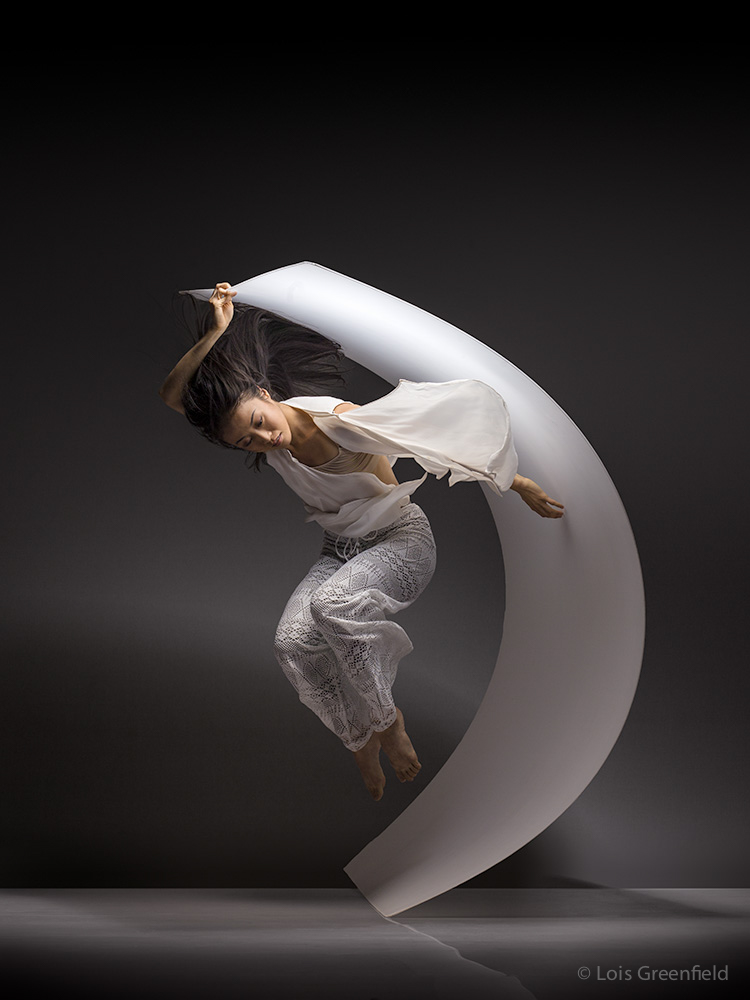
Lois: I became interested in photography when I was 15 years old, while volunteering for a community service project on an Apache Indian reservation in Arizona. During my college years in the late 60’s I began to work for local newspapers covering rock concerts, demonstrations, and anything else I was assigned to photograph. My goal was to be a photojournalist. After graduation, I supplemented my newspaper work with assignments from travel magazines, sending me to Africa, South America, and other exciting places.
Phoblographer: What attracted you to photographing dancers?
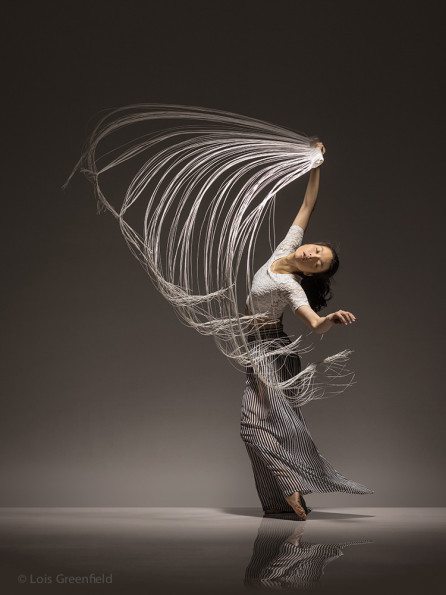
Lois: On my assignments to photograph dress rehearsals of dance performances for the Village Voice, I realized that one of the differences between news photography and dance photography was that the former has to tell a specific story, whereas all a dance photograph had to be was visually interesting, and with graphic appeal. I enjoyed the freedom of not having to illustrate an editorial point of view, and began to concentrate on shooting performances.
After a while however, I realized I didn’t want to document someone else’s art. I wanted to find a way to merge photography and dance in order to create a hybrid of the two art forms.
By the early 1980’s I was no longer shooting in a theater. I started to experiment with strobes in a studio, and asked the dancers to improvise for the camera, inventing movements so quirky and risky that they couldn’t be part of a choreographed dance. The results were quite surprising because I didn’t actually “see” the moments I shot until we developed the film and made the contact sheets. When photographing dance, you have to anticipate the moment and shoot when something is about to happen; you don’t get to see the moment and then decide to shoot it.
This was long before digital capture, and I could only “preview” what I shot by the afterimage of the flash. With my Broncolor strobes set at 1/2000 of a second, I realized that I was shooting instants beneath the threshold of human perception, stilled moments that could only be seen as a photograph!
Phoblographer: So how do these shoots work? Do you and the dancer get together and conceptualize something? These can be tough to do because of the airborne performances.
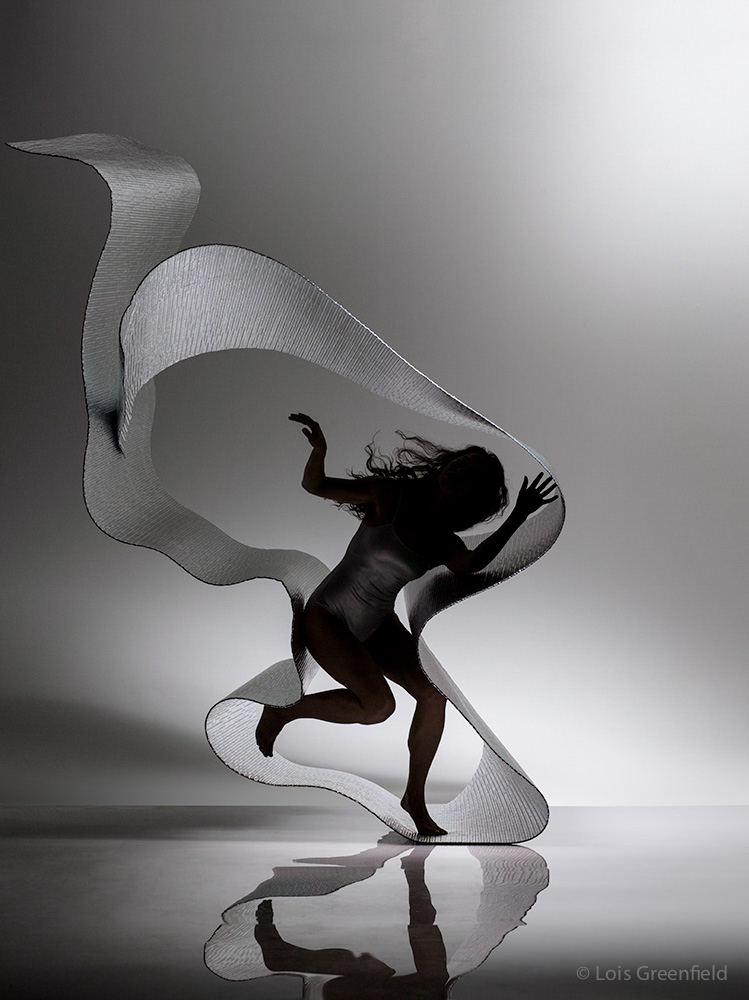
Lois: Often my shoots are blind dates; I see each photo session as uncharted territory, and usually have no idea as to what I want the resulting photos to look like. A typical studio shoot is like a careening vehicle; I get in the car, and then realize I didn’t take a road map. The first thing I do is get off the highway and meander down small roads, some of which lead nowhere. At the end of the journey I realize that my destination is wherever I happen to be.
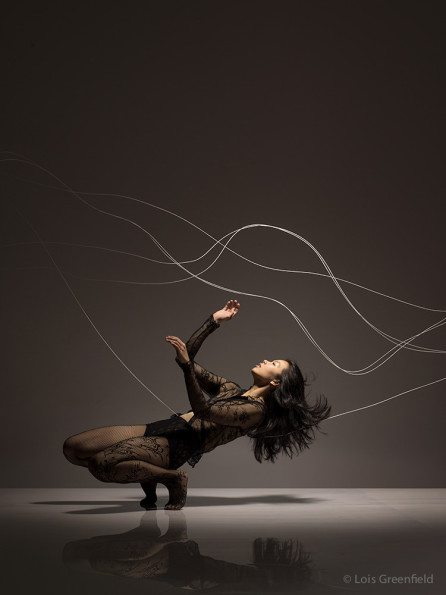
Jye-Hwei Lin
I look for dancers who are graceful, expressive and athletic, and my collaborations can continue for many years. Featured in my upcoming book, Lois Greenfield: Moving Still, Ha-Chi Yu and I have been collaborating for 20 years!
Capturing the airborne moments per se are not challenging for me. Actually, I often shoot a split second before or after what is considered the “peak moment”, when the dancer’s gesture and expression is relaxed. They appear floating, suspended in an anti-gravitational universe.
Phoblographer: Capturing one dancer in one pose is tough, but how have you learned to time yourself to capture many in poses that work with one another in a scene?
Lois: Thank you for acknowledging that each photo is from a single negative! I never recombine or re-arrange the dancers in my photos. They are all single, in-camera images. If I am shooting a group of dancers, we give them a count to go on, although sometimes I ask a dancer to go a second earlier, or later, than the others. I only shoot one frame from any phrase of movement. Even though now I shoot with a Leaf digital back on my old 501CM Hasselblad from the 80’s, I still only take one photo at a time. After I shoot, the dancers regroup, I wind the camera, make suggestions, and they do the same phrase again, and again, and again. Of course there are no two shots that look alike.
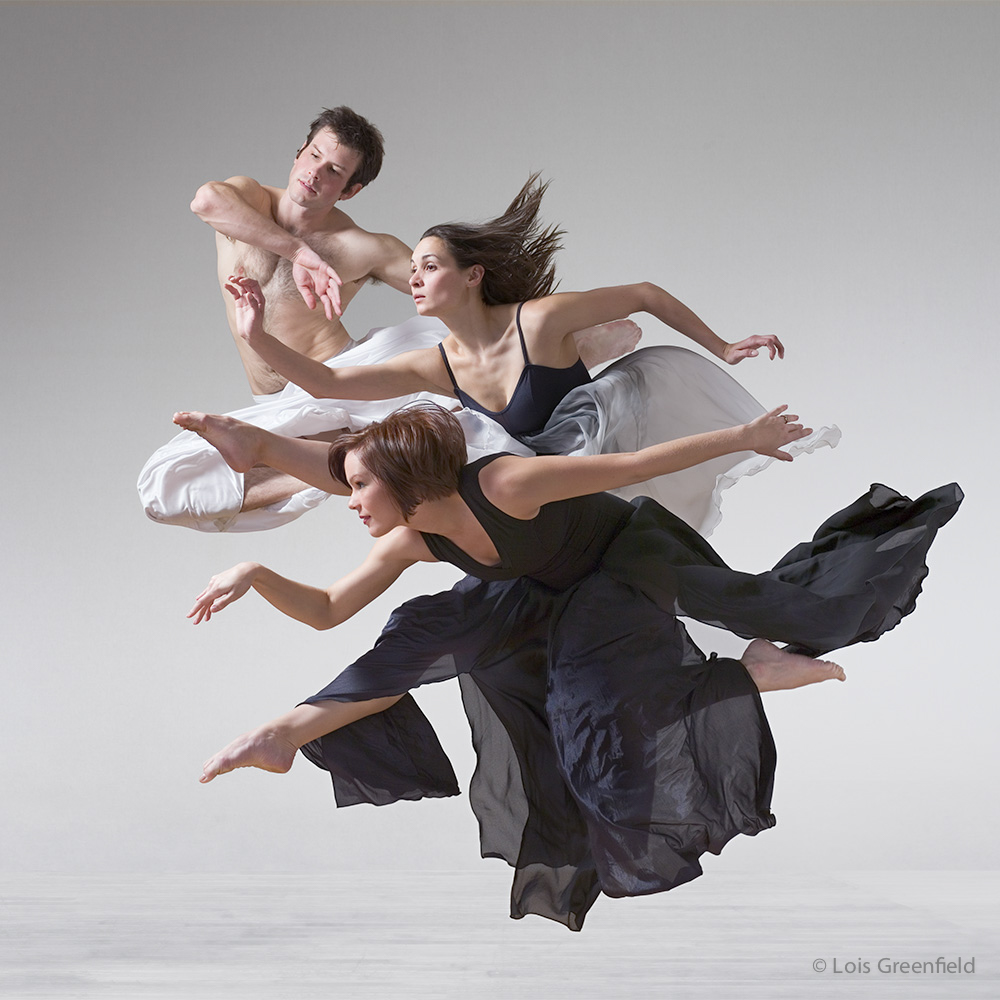
Phoblographer: What’s the creative and inspirational process like for you? Is there storyboarding? Do specific shapes inspire you to create the photos that you do?
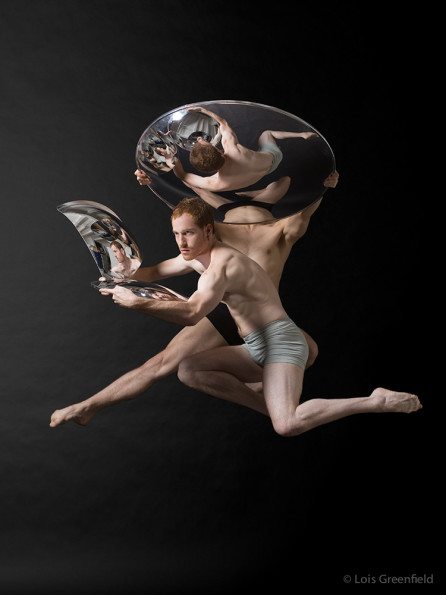
Lois: What inspires me is the process. If I knew what the photo was going to look like, I wouldn’t bother to take the picture. The collaborative way I work with the dancers, and the uncontrollable elements and props I often add – fabrics, strings, mylar, mirrors, plastic sheets etc. take me beyond my imagination.
Phoblographer: You’ve done campaigns for the Lion King and Fruit of the Loom. How did you make a business out of this type of photography? A lot of it is networking but how did you go about figuring out what clientele to go after and how to bring in more money?
Lois: My first client in the late 70’s was, not surprisingly, Capezio Balletmakers. Working with them I made the transition to opening my own studio, and pursuing commercial work. Back in the day, we had portfolios, and called ad agencies to show them the test shots we all did to get jobs. I did a lot of editorial work for many magazines, including Sports Illustrated, NY Times Magazine, GQ, Brides Magazine, and Elle Italia, as well as for advertising clients.
After my first book, Breaking Bounds came out in 1992, commercial clients sought me out, seeing the metaphorical potential in my photos. For example, Raymond Weil Watches asked me to create a campaign for them entitled Precision Movements. My second book, Airborne (1998) attracted more clients, and I continued to get assignments from all over world. My specialty has always been the body in motion, which is applicable to more products, clients, and concepts than we might imagine. I hope the new imagery in my book, Lois Greenfield: Moving Still, coming out this November, will have the same effect!
